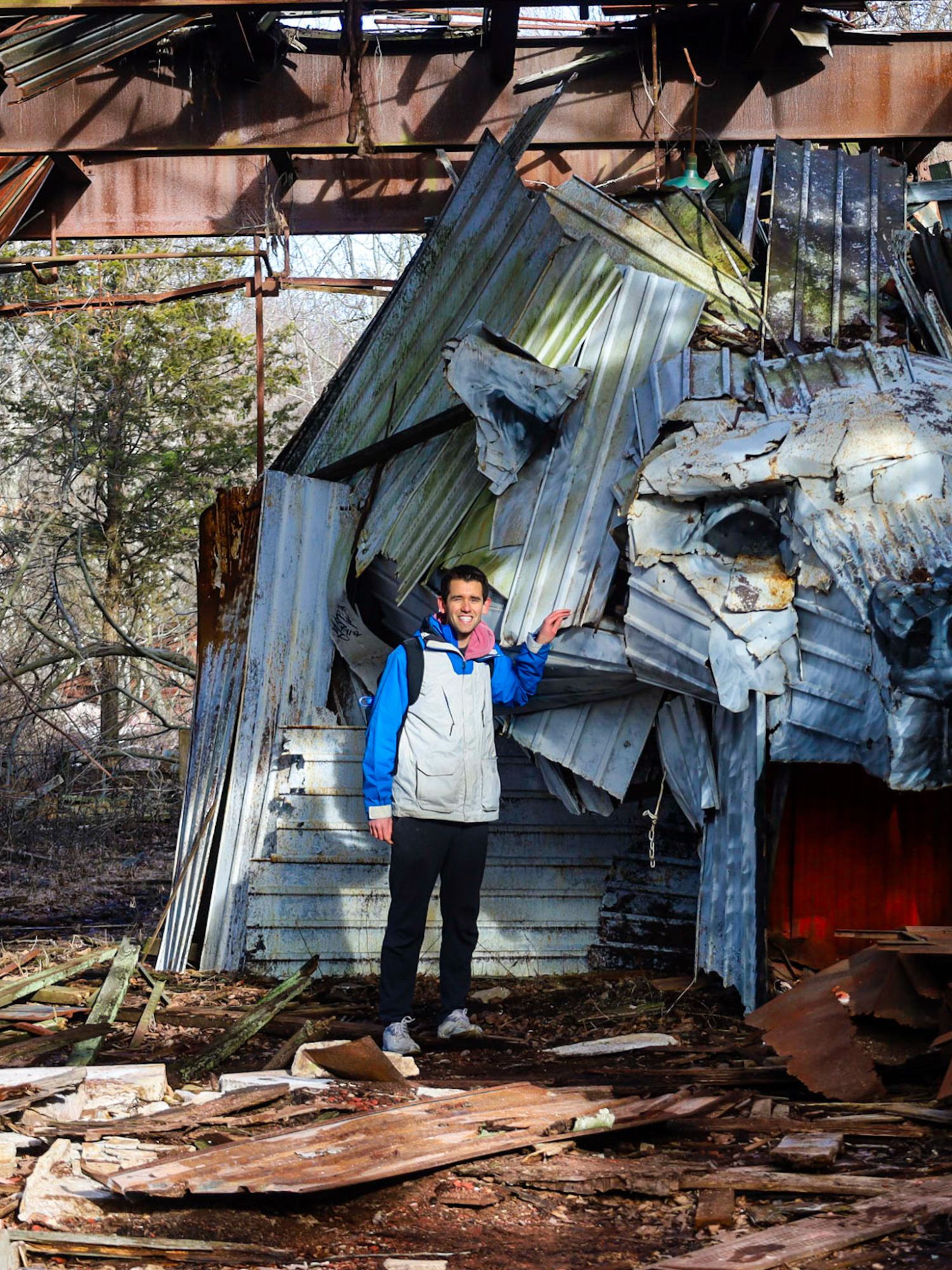About This Location
Nestled in the heart of downtown Nashua, New Hampshire, there exists a hidden gem that tells a captivating tale—the 1946 Nashua Dodgers Mural. This extraordinary artwork not only serves as a vibrant piece of street art but also encapsulates a remarkable and lesser-known story that deserves to be shared.
The mural transports us back to 1945 when Branch Rickey, the visionary general manager of the Brooklyn Dodgers, took a courageous step that would forever alter the course of professional sports. Breaking the long-standing, unwritten rule of segregation that had marred sports since the 1880s, Rickey signed Jackie Robinson to play for the Montreal Royals, a team in the Dodgers International League.
Rickey’s relentless pursuit of breaking down racial barriers continued when he added the talented catcher Roy Campanella and pitcher Don Newcombe to the roster of the Nashua Dodgers in 1946. In doing so, the Nashua Dodgers made history by becoming the first integrated affiliated baseball team in the United States. This trailblazing duo dominated their debut season and clinched a championship, leaving an indelible mark on the world of sports.
Originally, the Dodgers had intended to send Newcombe and Campanella to play for the Three-I League, a Class A circuit, in Danville, Illinois. However, they received a hostile reception, with locals expressing unwelcome sentiments and concerns. Undeterred, Branch Rickey found a more welcoming home for them in Nashua.
Buzzie Bavasi, a future executive for the Dodgers, managed the Nashua Dodgers and embraced anyone, regardless of their skin tone, as long as they could play. The team’s manager, Walter Alston, who would later ascend to the ranks of Major League Baseball, also welcomed the black duo. In a pioneering move for its time, Newcombe even stayed with a white family during the 1947 season.
Although Nashua was a friendly town, racial prejudices still reared their ugly heads on the baseball field. Opposing players and managers subjected Newcombe and Campanella to bigotry, yet, like Robinson, they chose not to retaliate.
In a historic twist, Roy Campanella even managed a game for Nashua on June 15, 1946, nearly three decades before Frank Robinson became the first African-American manager in Major League Baseball. Manager Alston told the players at the start of the season that he would not deal with any racial negativity or pushback. He went so far as to tell his players that if he got ejected, Campanella would take over and be the coach. This happened on a game in April and it made Campanella the first African-American to coach an affiliated Major League team.
In a game-changing decision, Branch Rickey staggered the promotions of several minority players through the Dodgers’ system to ensure a smoother transition. The Nashua Dodgers played a pivotal role in this transformative journey, forging an enduring legacy.
Don Newcombe, after his time in Nashua, embarked on a ten-year career with the Dodgers, Cincinnati, and Cleveland. He boasted a formidable record of 149-90 with a 3.56 ERA, achieving his best numbers while with the Brooklyn Dodgers. In 1949, Newcombe clinched the National League Rookie of the Year Award, and in 1956, he achieved the prestigious Cy Young Award and was named the National League Most Valuable Player. His remarkable achievements extended to his hitting prowess, as he secured a .271 batting average, along with 15 home runs and 108 RBIs.
Nashua, despite its groundbreaking achievements, experienced a relatively short stint in the New England League before folding in the early ’50s. However, the town’s role in advancing baseball’s development and fostering equality should never fade from memory.
This captivating mural, painted during the early 2000s by Joseph Thomas, a Rivier University student actively engaged in the school’s art program, brings this remarkable narrative to life. The mural adorns the eastern wall of a tire shop at the intersection of West Hollis Street and Elm Street in Nashua. Public parking conveniently lies just across the street from this vibrant masterpiece, ensuring that this tribute to Nashua’s storied baseball history remains accessible to all who wish to discover its rich narrative.








